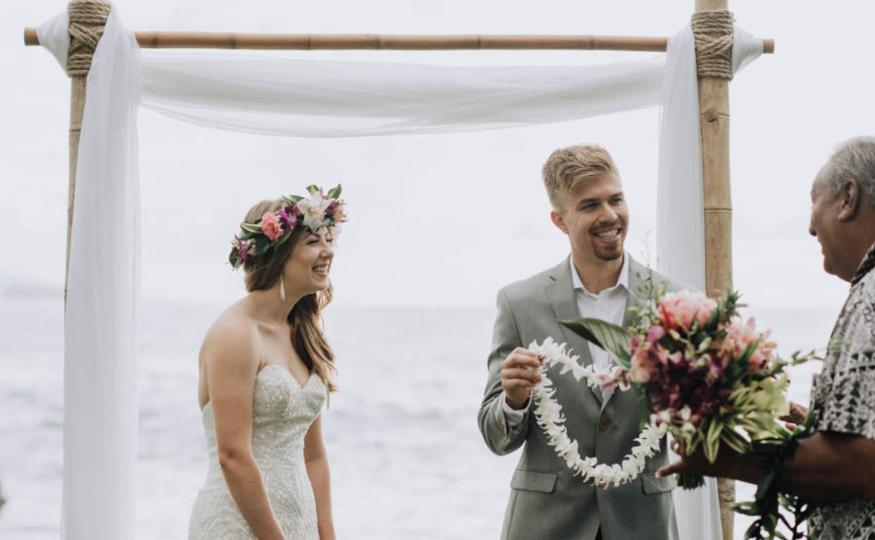
Weddings and flowers are a classic duo—romantic, fragrant, and rich with beautiful symbolism. But did you know that the way flowers are used in weddings varies drastically around the world? From symbolic garlands in India to flower crowns in Hawaii, each culture brings its unique floral wedding traditions that tell stories of love, honor, and heritage. Let’s take a magical trip around the globe and explore how different countries incorporate floral beauty into their wedding celebrations.
1. India – The Garland Exchange Ceremony (Jaimala)
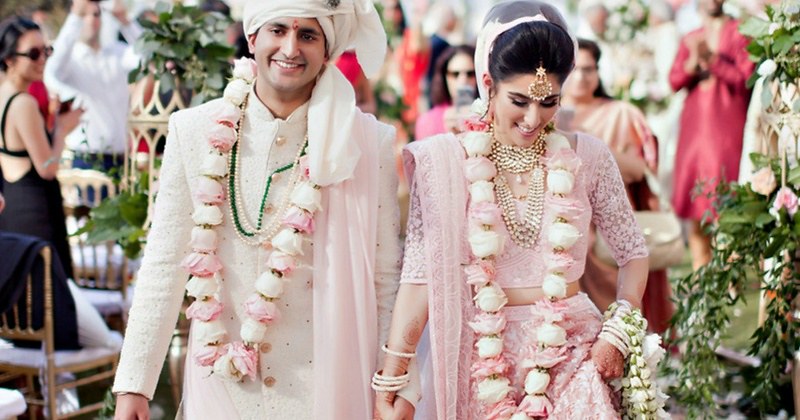
In Indian weddings, flowers are not just décor—they are a big deal. The “Jaimala” or Varmala is one of the most significant rituals where the bride and groom exchange floral garlands. These garlands symbolize mutual respect, acceptance, and the beginning of a shared life.
Marigolds and roses are the superstars of Indian floral weddings, believed to bring prosperity and happiness. The venues are usually adorned with vibrant strings of flowers—sometimes even strung from the ceiling like a blooming waterfall. It’s a visual (and fragrant) feast!
2. Hawaii – Leis and Tropical Blooms
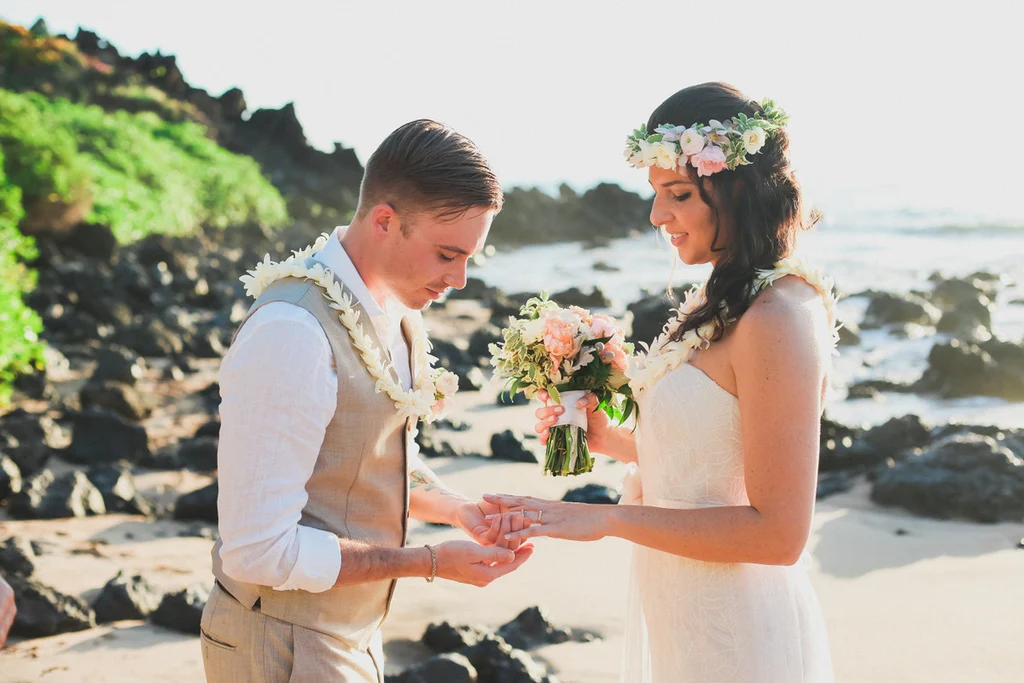
If you’ve ever dreamt of a beach wedding, Hawaiian traditions will speak straight to your heart. The lei, a garland made from flowers, leaves, or shells, is central to Hawaiian ceremonies. When shared by the bride and groom, the lei symbolizes love, respect, and unity.
Common blooms include plumeria, orchids, and pikake (Hawaiian jasmine). Brides may also wear a haku lei, a floral crown symbolizing beauty and celebration. Fun fact? Guests might even receive leis, spreading the love all around.
3. Greece – Olive Branches and Orange Blossoms
In traditional Greek weddings, flowers and greenery are often incorporated into crowns (called stefana) worn by the couple. Often crafted from olive branches, laurel leaves, or orange blossoms, these crowns represent eternal love, unity, and purity.
During the ceremony, the crowns are joined by a ribbon and swapped between the couple three times by the priest, symbolizing the sacred bond. Orange blossoms, in particular, are a popular choice, known to represent fertility and new beginnings.
4. Japan – Minimalist Beauty with Ikebana Touch
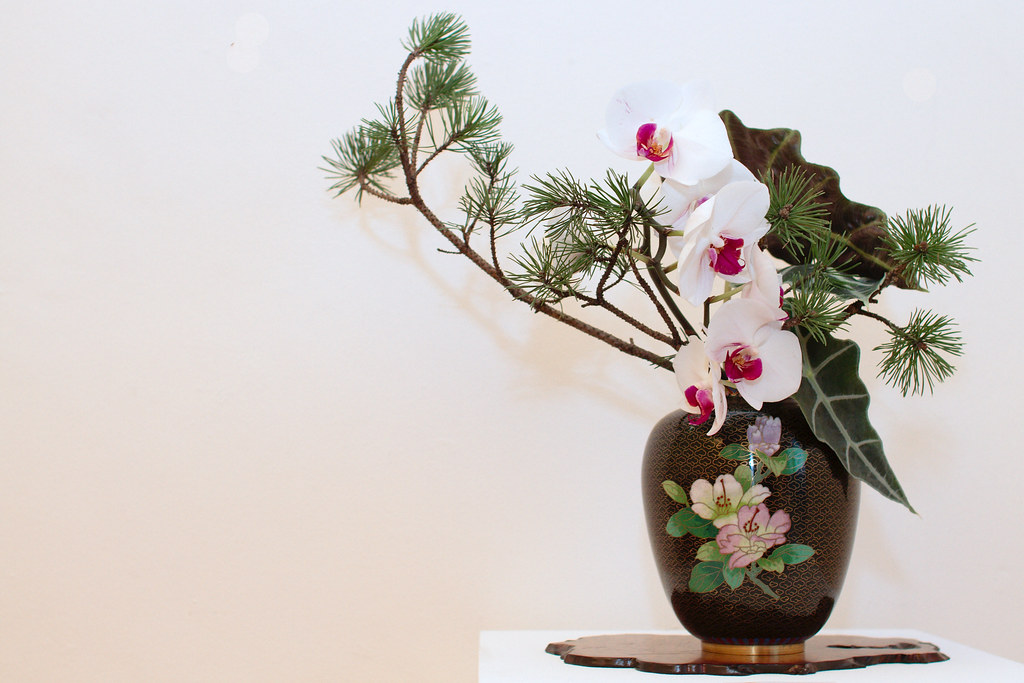
Japan takes a more minimalist and refined approach with wedding flowers. The use of Ikebana—the Japanese art of flower arrangement—can be seen in wedding décor or bridal bouquets. It’s all about harmony, balance, and expressing emotion through nature.
Popular flowers include cherry blossoms, chrysanthemums, and camellias. Cherry blossoms, in particular, are revered for their fleeting beauty, symbolizing the impermanence of life and the importance of cherishing love while it lasts.
5. Mexico – Marigolds and Vibrant Florals
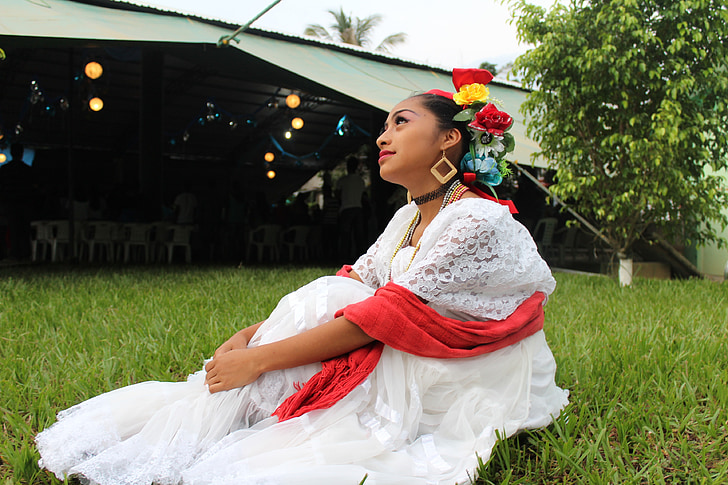
Mexican weddings are colorful, lively, and infused with bold floral elements. Flowers like marigolds, dahlias, and bougainvillea are commonly used for both decoration and symbolism. In some regions, brides even carry floral fans instead of traditional bouquets!
The bright orange and yellow marigolds are often seen in wedding altars and table centerpieces. In Mexican culture, marigolds are believed to guide the spirits and protect against bad energy—perfect for starting a new chapter in life.
6. United Kingdom – A Regal Hint of Myrtle
Thanks to royal tradition, British bridal bouquets often include myrtle, a symbol of love and marriage. This tradition began with Queen Victoria, and ever since, royal brides have included a sprig of myrtle from the Queen’s garden.
Traditional English weddings also feature delicate blooms like roses, lilies of the valley, and peonies, often arranged in soft, romantic palettes. Florals may also be seen in bridal hairpieces, floral arches, and even on the cake!
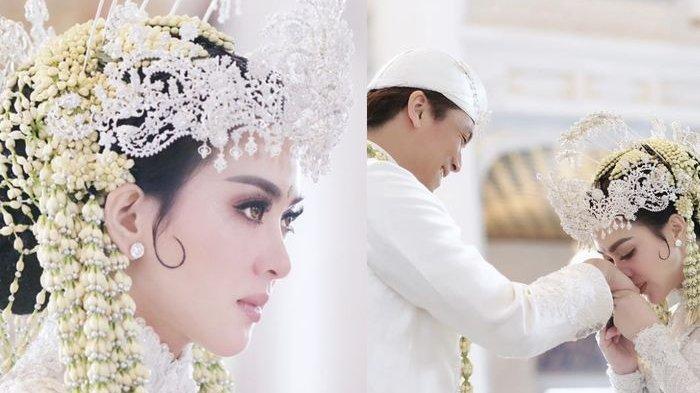
In Indonesian weddings, especially Javanese and Balinese traditions, jasmine plays a key role. Brides often wear jasmine hairpieces or veil-like floral arrangements called roncean melati, cascading down the back.
Jasmine symbolizes purity, sacredness, and beauty. It is also used to decorate ceremonial spaces, bridal seating areas, and offerings. Indonesian floral wedding customs are deeply spiritual, adding sacred elegance to the big day.
8. Nigeria – Bold Bouquets and Headpieces
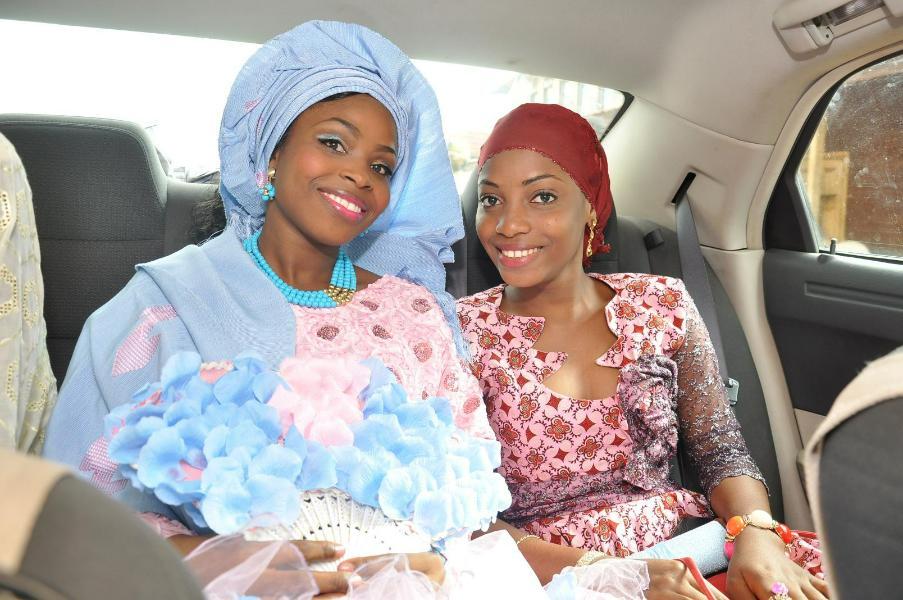
Nigerian weddings are a stunning fusion of tradition and celebration. Brides often wear floral headpieces to match their vibrant aso-oke outfits. Flowers are used for both aesthetic and symbolic reasons, often chosen to match the color theme of the wedding.
In some regions, floral motifs are woven into fabrics or even embroidered on traditional attire. Bright, bold flowers like hibiscus and anthurium reflect joy, wealth, and abundance—a perfect fit for such a festive affair.
9. Thailand – Fragrant Garland Ceremonies
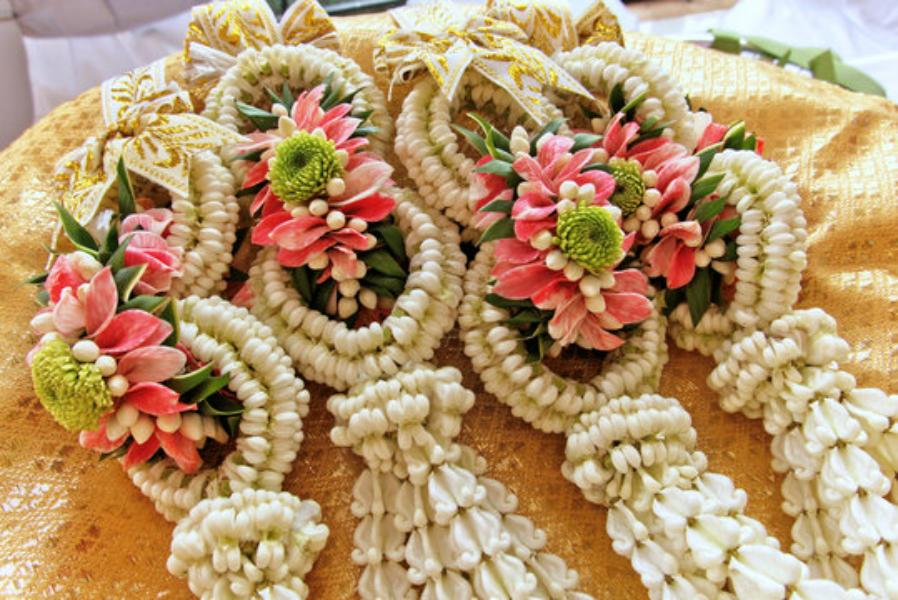
In Thai weddings, the bride and groom often receive phuang malai (traditional Thai flower garlands) as a blessing. Family members or elders drape these garlands around their necks as a symbol of respect and a wish for good fortune.
Jasmine and rose petals are common in Thai wedding arrangements, chosen for their scent and symbolism. Jasmine beautifully symbolizes motherhood, love, and respect, making it a meaningful and popular choice for weddings.
10. Italy – Laurel Wreaths and Roman Roots
Italian weddings often draw on their ancient Roman roots with floral crowns or wreaths made of laurel, symbolizing victory and honor. Today, these may be blended with modern floral crowns made of roses, ivy, and baby’s breath.
In Southern Italy, it’s also common to decorate wedding cars or homes with floral arrangements to attract good luck and ward off evil spirits. Peonies and lilies are frequent choices for bridal bouquets and table settings.
Final Petal: Flowers as Universal Love Language
No matter where you go, flowers are a universal symbol of love, beauty, and new beginnings. What’s amazing is how each culture uses them so differently—but with the same intent: to celebrate love. Whether it’s a garland, a crown, or a simple bouquet, floral wedding traditions hold deep emotional and symbolic value.
So the next time you attend a wedding or plan your own, consider borrowing inspiration from these global floral customs. You might just find a tradition that resonates with your love story—or at the very least, gives your florist a fun challenge.
Pro Tip: Want to add a touch of cultural charm to your floral wedding setup? Work with a florist who understands symbolic blooms from around the world. Your flowers won’t just look good—they’ll mean something, too.
🌸 Bring Global Floral Magic to Your Wedding with inbloom.id!
Inspired by these powerful floral traditions? Let inbloom.id help you create a wedding filled with beauty, culture, and meaningful blooms. From traditional garlands to elegant bouquets, our expert florists craft every arrangement with heart and heritage.
💐 Order your dream wedding flowers now at inbloom.id and make your special day unforgettable!
